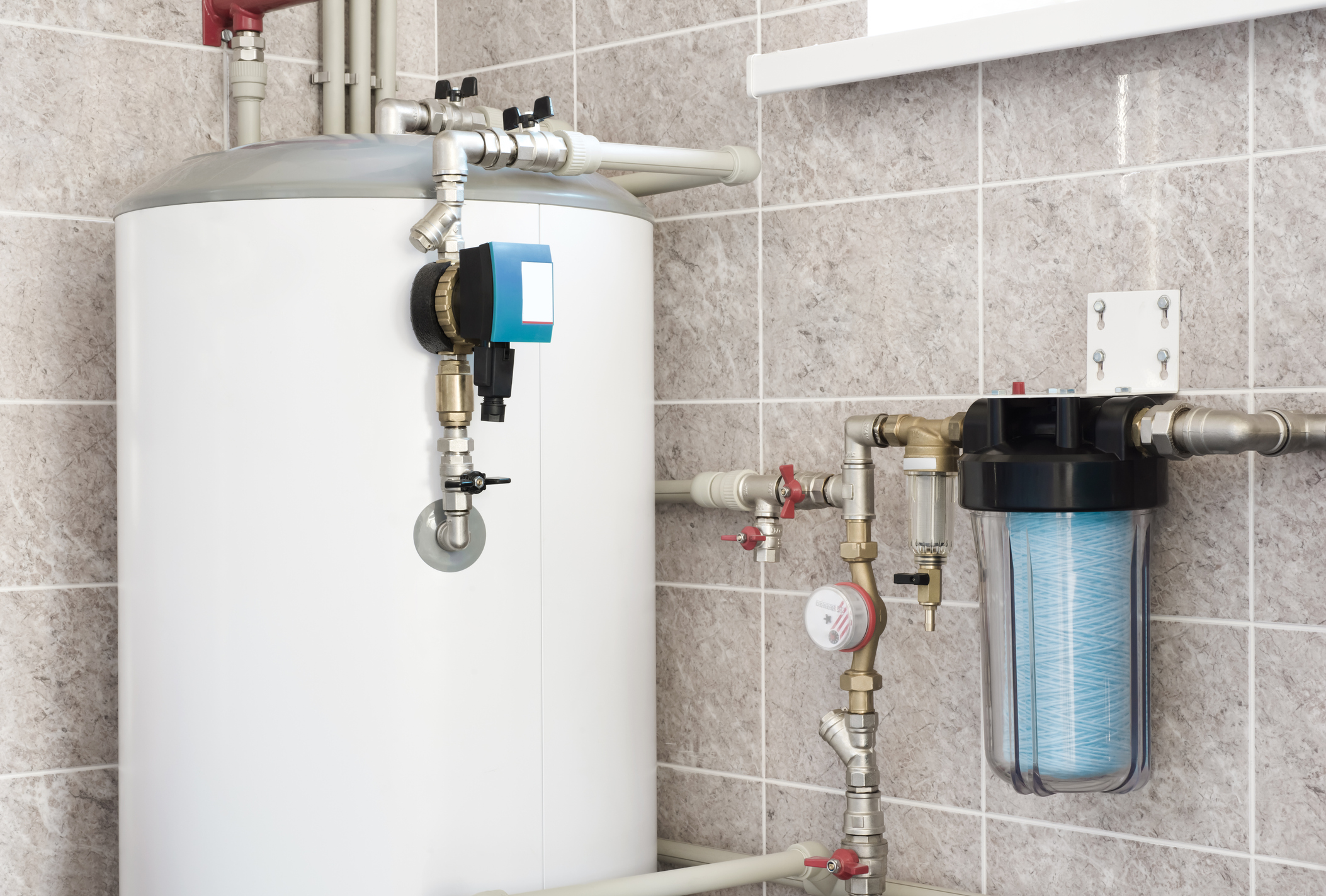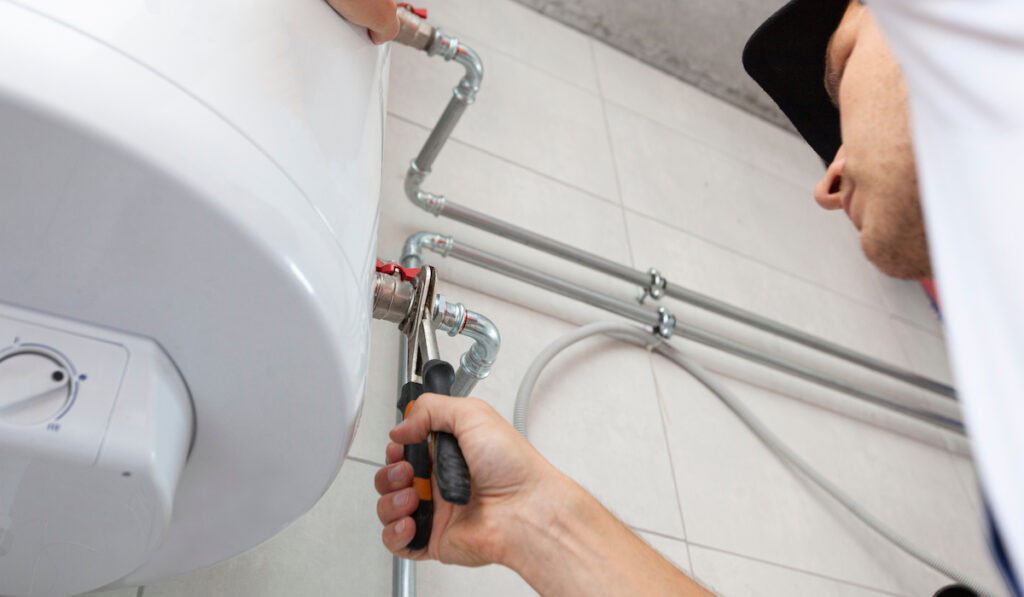Were you trying to find resources concerning Tips on Maintaining a Water Heater?

Warm water is vital for day-to-day comfort, whether it's for a revitalizing shower or cleaning dishes. To ensure your hot water system runs successfully and lasts much longer, regular maintenance is crucial. This post gives practical suggestions and understandings on just how to keep your home's hot water system to avoid interruptions and pricey repairs.
Introduction
Preserving your home's warm water system could appear daunting, but with a few easy actions, you can ensure it operates smoothly for years to come. This overview covers every little thing from recognizing your warm water system to DIY maintenance suggestions and knowing when to call in professional aid.
Relevance of Preserving Your Hot Water System
Regular maintenance not just prolongs the life expectancy of your hot water system but also ensures it operates efficiently. Neglecting maintenance can bring about lowered effectiveness, higher energy costs, and also premature failing of the system.
Indicators Your Hot Water System Demands Upkeep
Understanding when your hot water system needs attention can prevent major concerns. Keep an eye out for indicators such as inconsistent water temperature, odd noises from the heater, or corroded water.
Flushing the Water Heater
Purging your water heater removes debris accumulation, improving performance and extending its life.
Monitoring and Changing Anode Rods
Anode rods protect against rust inside the tank. Examining and changing them when worn is crucial.
Facility Problems Calling For Expert Help
Instances include significant leaks, electric problems, or if your hot water heater is regularly underperforming.
Regular Expert Maintenance Perks
Professional upkeep can include complete examinations, tune-ups, and guaranteeing conformity with safety criteria.
Inspecting and Readjusting Temperature Settings
Readjusting the temperature setups makes sure optimal efficiency and security.
Do It Yourself Tips for Upkeep
You can perform a number of upkeep tasks on your own to maintain your hot water system in leading condition.
Checking for Leakages
Routinely examine pipelines and connections for leakages, as these can lead to water damages and greater bills.
Comprehending Your Warm Water System
Before diving into maintenance jobs, it's helpful to comprehend the standard components of your hot water system. Normally, this includes the water heater itself, pipelines, anode poles, and temperature controls.
Regular Monthly Upkeep Tasks
Regular regular monthly checks can assist catch small issues before they rise.
Testing Pressure Relief Valves
Examining the stress relief valve ensures it works appropriately and prevents extreme pressure build-up.
Shielding Pipes
Insulating hot water pipelines lowers warmth loss and can save energy.
When to Call an Expert
While DIY upkeep is valuable, some issues require professional competence.
Final thought
Normal upkeep of your home's warm water system is essential for efficiency, longevity, and cost savings. By complying with these ideas and knowing when to seek professional help, you can guarantee a reputable supply of hot water without unforeseen interruptions.
How to Maintain an Instant Hot Water Heater
Before tinkering with your hot water heater, make sure that it’s not powered on. You also have to turn off the main circuit breaker and shut off the main gas line to prevent accidents. Also turn off the water valves connected to your unit to prevent water from flowing into and out of the appliance. 2. When you’re done, you have to detach the purge valves’ caps. These look like the letter “T†and are situated on either side of the water valves. Doing so will release any pressure that has accumulated inside the valves while at the same time avoid hot water from shooting out and burning your skin. 3. When the purge valves’ caps are removed, you have to connect your hosing lines to the valves. Your unit should have come with three hoses but if it didn’t, you can purchase these things from any hardware or home repair shops. You can also get them from retail stores that sell water heating systems. Read the user’s manual and follow it to complete this task properly. When the hosing lines are connected, open the purge port’s valves. 4. You should never use harsh chemical cleaners or solutions when cleaning your unit. Make use of white vinegar instead. It should be undiluted and you’ll probably use about 2 gallons. 5. Now flush your water heater. This task should probably take about 40 minutes. We can’t give you specific directions for this because the procedure is carried out depending on the type, model and brand of your heater. With that being said, refer to the user’s manual. 6. When you’re done draining the unit, you have to turn off the purge port valves again. Remove the hosing lines that you earlier installed on each of the water valves. Put the valve caps (purge port) back in their respective places and be very careful so as not to damage the rubber discs that are found inside these caps. 7. Now that everything’s back in place, check your user’s manual again to find out how to reactivate your water heating system. 8. Once it is working, turn one of your hot water faucets on just to let air pass through the heater’s water supply pipes. Leave the tap on until water flows smoothly out of it. https://www.orrplumbing.com/blog/2014/september/how-to-maintain-an-instant-hot-water-heater/

We were guided to that write-up about Tips on Maintaining a Water Heater through someone on another web property. Loved our post? Please share it. Help somebody else discover it. I love reading our article about How to Maintain a Hot Water Heater in a Few Simple Steps.
Maintenance Sign-Up